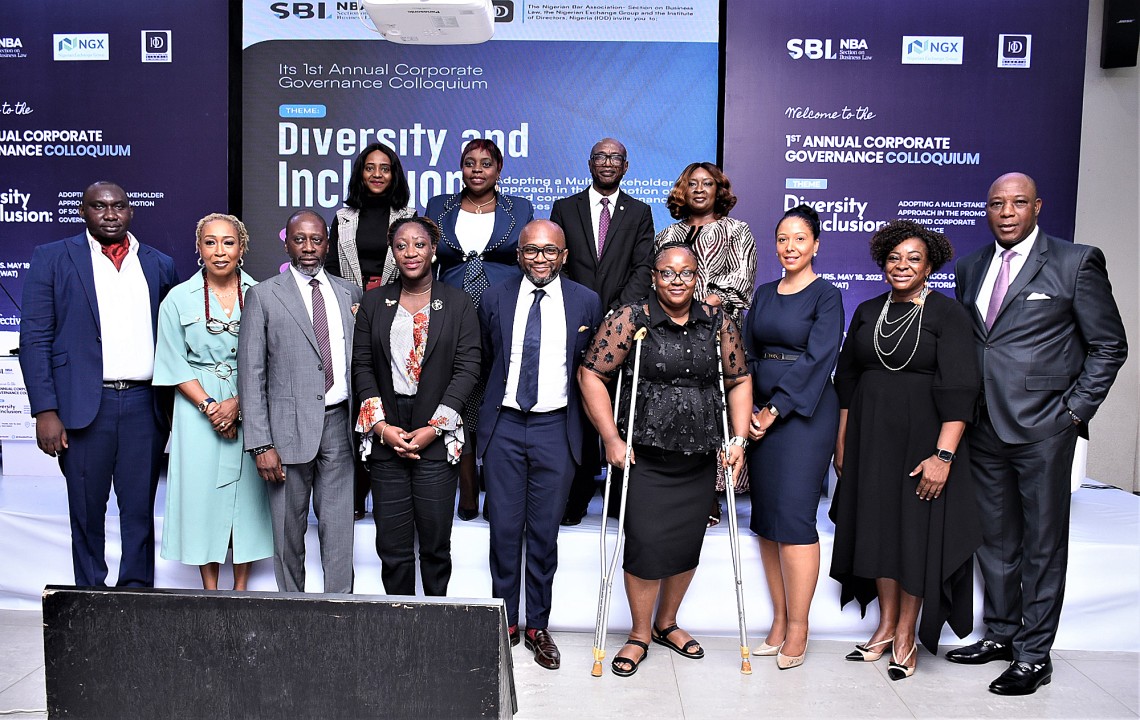
Advancing Diversity and Inclusion in Leadership: A Multifaceted Approach
Nkemdilim Uwaje Begho F.SCGN
Non-Executive Director | IT Committee Chair | CEO Futuresoft | Global Speaker | Obama Africa Leader | Certified Sustainable Brand Strategist | Digital Transformation & Brand Marketing Expert
In May, I had the honour to speak at the 1st Annual Corporate Governance Triangle Annual Colloquium with the theme “Diversity and Inclusion; Adopting A Multi-Stake holder approach in the promotion of good governance”.
I spoke on a panel with the focus on Breaking Barriers: Advancing Diversity and Inclusion in Leadership Roles, which is a topic that is close to my heart both as a woman and as an advocate for equity and overall good corporate governance.
"This uphill battle can only be fought if we are intentional and do it together."
Not only is advancing diversity, equity and inclusion (DEI) in leadership roles crucial for creating equitable and thriving organisations, it is simply the right thing to do.
Our panel explored practical ways to promote DEI in leadership, ranging from leadership buy-in and inclusive policies to education, recruitment strategies, fostering an inclusive workplace culture, effective communication, and monitoring progress through evaluation and monitoring.
I've put together a quick read with the key discussion points that map out the strategic and multifaceted approach that is required to addresses both systemic barriers and individual biases and longterm achieve DEI in leadership roles.
Leadership Buy-in & Commitment:
Advancing DEI requires ongoing commitment and effort from an organisations leadership.
Policy:
Establishing inclusive policies and practices is essential for promoting DEI in leadership roles. Organisations should adopt
Education:
To foster DEI education is key - on one hand leaders need to expand their mindset and on the other hand there need to be programs that can groom a more diverse and inclusive set of leaders.
领英推荐
Recruitment:
Creating diverse talent pipelines is key to increasing diversity in leadership. To achieve this organisations must:
Culture:
To successfully foster an inclusive workplace culture it is essential for organisation to encourage:
Communication / Employer Branding:
Stakeholder engagement and effective branding and communication is key to successfully building an inclusive culture, creating awareness across all stakeholder groups and attracting the right talent and partners through strategic brand positioning.
Monitoring and Evaluation (M&E):
Regularly evaluating and monitoring progress is crucial to ensure the effectiveness of DEI initiatives.
Advancing DEI in leadership requires a comprehensive and holistic approach focused on implementing practical strategies such as the ones listed above. The outcomes are more inclusive environments where diverse leaders are valued and supported. It is through collective efforts and ongoing commitment that we can drive meaningful change and create a more equitable future for all. This uphill battle can only be fought if we are intentional and do it together.